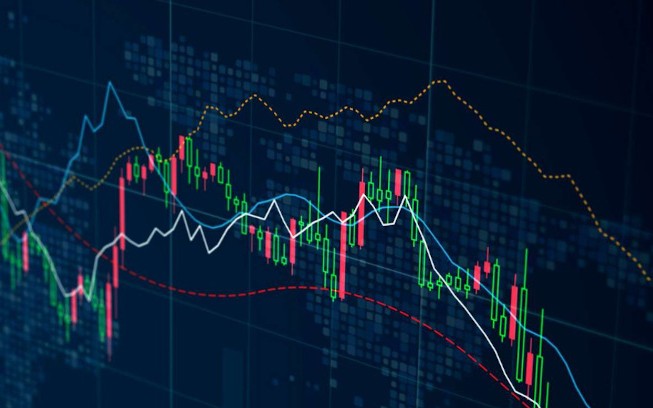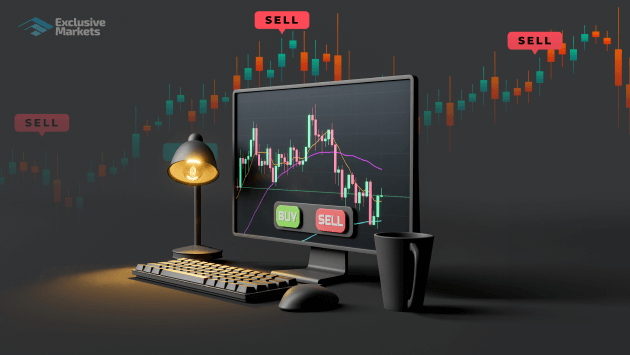
Understanding Forex Trading Charts: A Comprehensive Guide
Forex trading charts are essential tools for traders looking to analyze market trends and make informed trading decisions. Whether you’re a beginner or an experienced trader, understanding how to read and interpret these charts can significantly influence your trading success. In this guide, we’ll explore various types of forex charts, their components, and practical tips for using them effectively. For further resources, you can visit forex trading charts https://forex-exregister.com/.
The Importance of Forex Trading Charts
Forex trading charts provide a visual representation of currency pair price movements over time. They help traders identify trends, patterns, and potential reversals, making it easier to forecast future price movements. The significance of these charts cannot be overstated, as they serve as the foundation for most technical analysis strategies.
Types of Forex Trading Charts
There are several types of forex trading charts that traders commonly use, each offering unique advantages and insights. The three most popular types are:
1. Line Charts
Line charts are the simplest type of forex chart, displaying the closing prices of a currency pair over a specified time period. They consist of a continuous line that connects the closing prices, providing a clear and concise view of price movements. Line charts are great for quickly assessing the overall trend but may lack detail regarding intraday price action.
2. Bar Charts
Bar charts provide more detailed information compared to line charts. Each vertical bar represents a specific time interval (e.g., 1 hour, 1 day) and displays four key price points: the open, high, low, and close (OHLC) prices. The length of the bar shows the range between the high and low prices, while the horizontal ticks indicate the opening and closing prices. Bar charts allow traders to visualize price fluctuations and market volatility more effectively.
3. Candlestick Charts
Candlestick charts are particularly popular among forex traders for their ability to convey a wealth of information in a visually appealing format. Each candlestick represents a specified time period and consists of a body (the area between the open and close prices) and wicks (the lines extending from the body to the high and low prices). Candlestick patterns, such as dojis, hammers, and engulfing patterns, can provide insights into potential market reversals, making these charts a favorite for many technical analysts.
Reading Forex Trading Charts
Understanding how to read forex trading charts is crucial for successful trading. Here are some key components and concepts to keep in mind:
1. Time Frames
Forex trading charts can be analyzed across various time frames, ranging from 1-minute to monthly charts. Shorter time frames are usually preferred for day trading, while longer time frames are suitable for swing trading and position trading. It’s essential to select a time frame that aligns with your trading strategy and objectives.
2. Support and Resistance Levels
Support and resistance levels are horizontal lines drawn on a chart that indicate price levels where the market tends to reverse or consolidate. Support levels act as a floor where prices find buying interest, while resistance levels serve as a ceiling where selling pressure prevails. Recognizing these levels can help traders make timely entry and exit decisions.

3. Trend Lines
Trend lines are essential for identifying the overall direction of the market. By connecting the pivot highs or pivot lows on a chart, traders can visualize upward (bullish), downward (bearish), or sideways (range-bound) trends. Understanding trend lines can guide traders when to enter or exit trades in alignment with the prevailing market sentiment.
Technical Indicators and Chart Analysis
Many traders use technical indicators in conjunction with forex trading charts to enhance their analysis and decision-making process. Common technical indicators include:
1. Moving Averages
Moving averages smooth price data over a specific period, helping traders identify trends and potential reversal points. The two most common types are the Simple Moving Average (SMA) and the Exponential Moving Average (EMA). Traders often look for crossovers between different moving averages to generate buy or sell signals.
2. Relative Strength Index (RSI)
The RSI is a momentum oscillator that measures the speed and change of price movements. It ranges from 0 to 100 and helps identify overbought or oversold conditions in the market. An RSI above 70 may indicate that a currency pair is overbought, while an RSI below 30 suggests it is oversold.
3. Bollinger Bands
Bollinger Bands consist of a moving average and two standard deviation lines above and below it. They help gauge market volatility and identify potential price breakouts. When the bands tighten, it often signals a period of low volatility, while a widening of the bands may indicate increased volatility and potential price movements.
Practical Tips for Effective Chart Analysis
To maximize the effectiveness of your forex trading charts, consider the following tips:
1. Keep It Simple
While it may be tempting to use a multitude of indicators and tools, keeping your chart clean and straightforward can often lead to better analysis. Focus on a few key indicators that align with your trading strategy.
2. Use Multiple Time Frames
Analyzing the same currency pair across different time frames can provide valuable insights. For example, if the daily chart shows an uptrend, it may be safer to look for buy opportunities on a lower time frame such as the hourly chart.
3. Be Aware of Market News and Events
Charts reflect past price action, but they cannot predict the future perfectly. Be aware of economic releases, geopolitical events, and central bank announcements that may impact currency prices before making trading decisions.
Conclusion
Forex trading charts are vital tools for traders in navigating the complexities of the foreign exchange market. By understanding the different types of charts, learning to read them effectively, and utilizing various technical indicators, traders can develop informed strategies that enhance their chances of success. As with any trading skill, continuous practice and adaptation are essential, so keep honing your chart analysis skills to stay ahead in the dynamic world of forex trading.


Deja un comentario